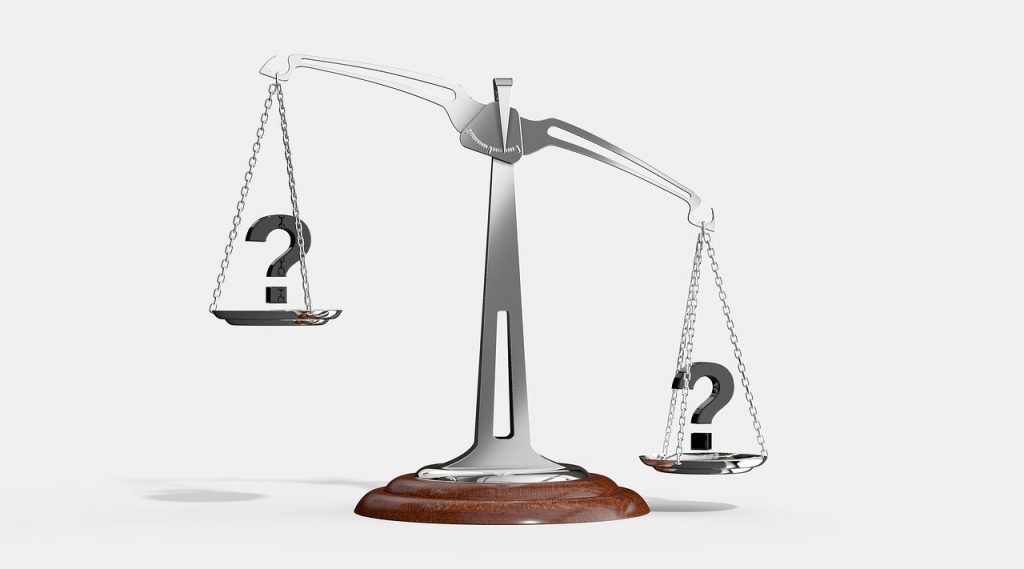
Most Indian investors tend to invest in financial products blindly and more often than not tend to make wrong investment choices. One of the most common mistakes with regards to investments is suffering significant losses because of inability to assess the risks involved. Many a times it is not that the investment product is wrong but the decision to invest in it is wrong because it is not suited for you. Risk profiling, is an important aspect of financial planning and now even SEBI(Securities and Exchange Board of India) has made it mandatory requirement for financial advisors to conduct proper risk profiling before suggesting investments to their clients.
Risk profiling is basically a method to determine the optimal level of risk you are willing to take after taking into account the risk required to be taken, your own risk capacity and your tolerance to risk, where:
- Risk Required: Essentially the amount of risk you are required to take in order to achieve the desired returns in future to achieve your financial goal.
- Risk Capacity: The degree of financial risk you can afford to take to achieve your goals, and
- Risk Tolerance: The degree of risk you are actually comfortable with.
Each of the three aspects of risk play an important role in determining the right investment strategy for you. Risk Profiling requires you to assess each of these aspects individually and compare them to one another. To achieve your goals within your financial means there is a certain degree of risk you are required to take but your capacity to take risk and tolerance to risk may not be in sync and often can be in conflict. In order to find the best investment solution you need to plot all these against each other.
A number of factors need to be taken into consideration to understand your risk profile so as to make the right investment choices most aligned to your investment needs. These include:
Existing financial situation
Before deciding on your future goals and investments, you have to take into account your existing financial situation. Your income and expenses, if you have any short or long term liabilities which need to be paid off, all this help in deciding your risk capacity.
Investment objective
What is the future financial goal that you wish to achieve from your investments? Your objective can be a long term objective such as wealth creation, saving for retirement, etc.
Time horizon of investment
In how much time you wish to achieve your financial goals? If you wish to invest for a short time period or over a long period of time. How much risk you are required to take to achieve your goals in the desired time frame?
Age
Age is also a crucial factor in determining your risk tolerance and risk taking capacity. Commonly, a young investor will have higher risk tolerance and risk taking capacity as compared to someone who is nearing retirement.
Depending on the above factors your risk profile would broadly fall under the following categories:
Conservative
If you want stable income rather than growth and want reliable income with little or no investment risk. In such case your investments will be mostly in debt instruments such as be Bank FD, Debt Mutual Funds etc.
Moderately conservative
If you are looking for stable but moderately higher growth and will to take moderate risk for a longer time. Your investment portfolio will have maximum allocation in debt instruments but also include certain amount of equity investments such as equity oriented mutual funds.
Balanced
If you are looking for potentially higher returns over a longer period of time. And at the same time willing to take higher risk then your investment portfolio will have equal proportion of investment in debt and equity investments.
Moderately aggressive
If you are looking to invest in a variety od asset classes and the primary objective is higher growth then your investment portfolio will heavily skewed towards equity investments such as equity mutual funds and direct equity and other asset classes such as commodities with very little investment in debt.
Aggressive
If you are looking for long-term wealth creation and have very high tolerance to risk for potentially higher growth then your investment portfolio would primarily include equity mutual funds, direct equities, private equity etc.
Conclusion
Risk profiling is thus very important so as to design a financial plan with appropriate asset allocation most suited to meet your investment requirement and as per your individual risk tolerance.
